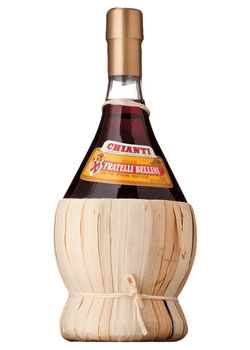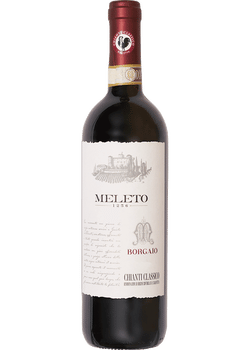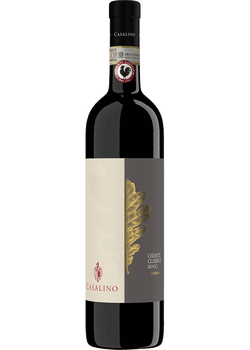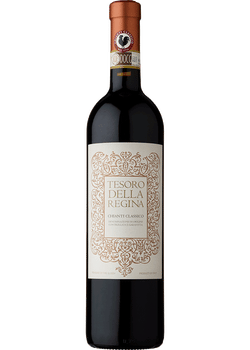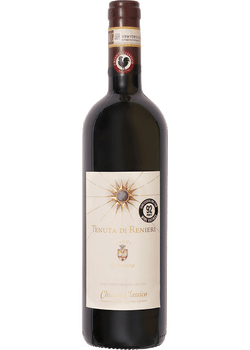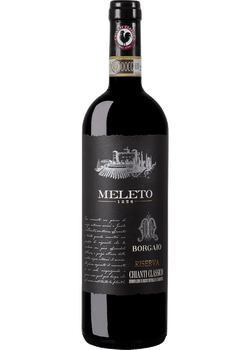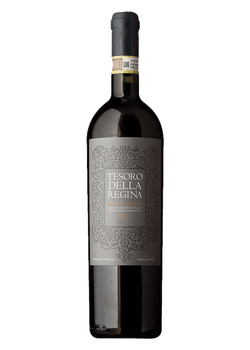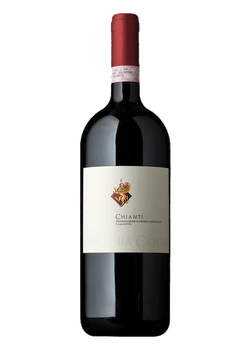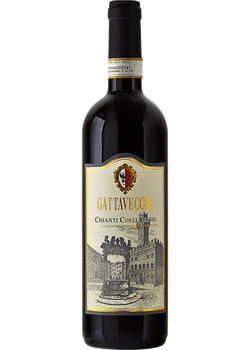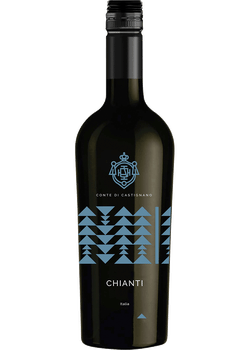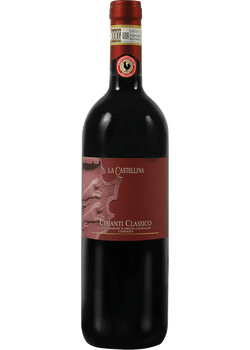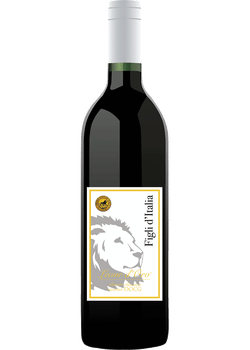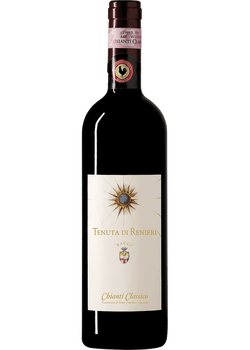The Chianti DOCG region stretches almost 100 miles from north of Florence through Siena toward Rome. Wines bearing this simplest Chianti designation can be produced anywhere in this region; they must be blended with at least 75 percent Sangiovese and may be released after just four months of aging. A small percentage of white grapes may also be included in the mix. Chianti wines can be fresh and bright, with Sangiovese’s distinctive flavors of cherries and other red fruits. The Chianti region includes seven subzones, named for local towns and hillside areas: Chianti Aretini, Chianti Colli Fiorentini, Chianti Colli Senesi, Chianti Colline Pisane, Chianti Montalbano, Chianti Montespertoli and Chianti Rufina. A wine made in one of these subzones may have additional requirements for aging or grape composition. They may be labeled by the specific area, or simply as Chianti.
The separate Chianti Classico DOCG, which has the area’s longest history of Chianti production, calls for a minimum of 80 percent Sangiovese and at least one year of aging (two for Chianti Classico Riserva). Only red grapes are permitted in the blend. These wines share Chianti’s red fruit flavors but can be richer and more intense, with notes of earth, tobacco and spice, depending on the use of oak in aging and the grapes blended with the Sangiovese. Chianti Classico wines are typically labeled with an image of the black rooster, il gallo nero.
In 2014, yet another DOCG was created to designate especially high quality Chianti Classico: Gran Selezione. Chianti Classico Gran Selezione wines must age for a minimum of two and a half years, and be at least 13 percent alcohol by volume—one point higher than traditional Chianti Classico. Look for the Gran Selezione label on wines from the 2010 vintage forward.
Increasingly, the Chianti region is also home to so-called Super Tuscan wines. inemakers who bend the historic rules for Chianti production blend the native Sangiovese grape with international varieties like Cabernet Sauvignon and Merlot to craft a more-modern style wine. Sangiovese varietal wines from Chianti are also increasingly popular. These non-traditional Tuscan wines carry the IGT designation.
Pronunciation
[Kee-AHN-tee]
Recommended food pairings
Pastas with red sauce, pizza, veal, grilled beef and sausages
Serving temperature
60-65°
